Just In
- 3 hrs ago

- 4 hrs ago

- 9 hrs ago

- 12 hrs ago

Don't Miss
- Finance
 1:4 Bonus Shares, Rs 7 Dividend: Big Update Announced; Buy The FMCG Stock?
1:4 Bonus Shares, Rs 7 Dividend: Big Update Announced; Buy The FMCG Stock? - Sports
 Who Won Yesterday's IPL Match 33? PBKS vs MI, IPL 2024 on April 17: Mumbai Indians Escape Last-Ditched Fight by Punjab Kings To Win
Who Won Yesterday's IPL Match 33? PBKS vs MI, IPL 2024 on April 17: Mumbai Indians Escape Last-Ditched Fight by Punjab Kings To Win - Movies
 Do Aur Do Pyaar OTT Release Date & Platform: When & Where To Watch Vidya Balan’s Film After Theatrical Run?
Do Aur Do Pyaar OTT Release Date & Platform: When & Where To Watch Vidya Balan’s Film After Theatrical Run? - News
 BRS Chief K Chandrasekhar Rao Slams BJP, Says K Kavitha's Arrest Is Vendetta Politics
BRS Chief K Chandrasekhar Rao Slams BJP, Says K Kavitha's Arrest Is Vendetta Politics - Automobiles
 Aprilia RS 457 Accessories: A Detailed Look At The Prices
Aprilia RS 457 Accessories: A Detailed Look At The Prices - Education
 Karnataka SSLC Result 2024 Soon, Know How to Check Through Website, SMS and Digilocker
Karnataka SSLC Result 2024 Soon, Know How to Check Through Website, SMS and Digilocker - Technology
 Nothing Ear, Ear a With ANC, Up to 42.5 Hours of Battery Launched; Check Price and Availability
Nothing Ear, Ear a With ANC, Up to 42.5 Hours of Battery Launched; Check Price and Availability - Travel
Telangana's Waterfall: A Serene Escape Into Nature's Marvels
World First Aid Day 2020: Common First Aid Mistakes To Avoid
Every year on 12 September, the World First Aid Day is celebrated to raise awareness on the importance of first aid and how it can save someone's life in a critical situation. The day is also meant to provide training on simple first aid steps and how it can be made useful to help someone in need.

In this article, we will discuss common first aid mistakes to avoid. But, before that, let's know what is first aid and why is it important.

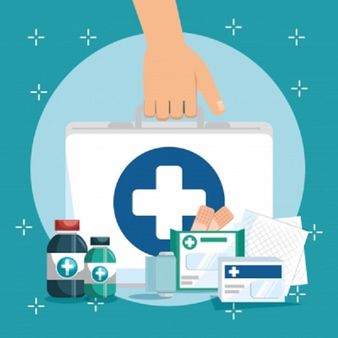
What Is First Aid?
First aid refers to an act of providing immediate medical care to an individual who is injured or ill, until the arrival of the ambulance or professional help. This act of first aid plays a major role as it can save the life of a person when done correctly and on time.
Why Is First Aid Important?
Whenever someone gets injured accidentally, the first step taken is basically to rescue the effect. First aid is important because it can save lives. The process is mainly carried out to stop bleeding, improve or restart breathing, aid burned or accidental wounds, start the heartbeat (cardiac resuscitation) or treat poisonous bites.
People should be aware of various steps that are involved in providing immediate first aid treatment and also should avoid first aid mistakes which can make the situation even worse and put the injured person's life in danger.
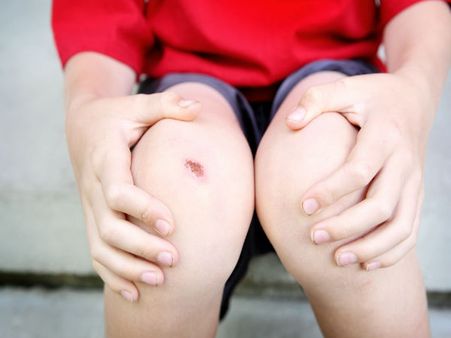
Common First-Aid Mistakes To Avoid
1. Don't apply ice directly on the wounds
Applying ice directly on the wounds to reduce pain and swelling can make the condition even worse by causing frostbite. It can freeze the skin cells and underlying tissues and slow down the blood flow, causing permanent damage to the skin.
What to do: Pour ice in a piece of clean cloth or plastic bag and then apply on the area surrounding the wound.
15 Common FAQs Related To Swine Flu Or H1N1 Flu Virus
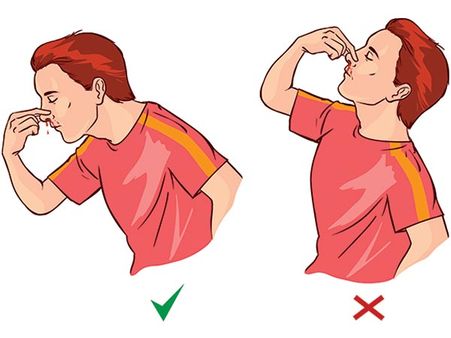
2. Don’t lean backwards during a nose bleed
Leaning backwards during nose bleed may cause the blood to go back to the trachea or lungs causing breathing difficulties or vomiting.
What to do: Lean forward and pinch the nose of a person over the cartilaginous tip (one without bones) for a few minutes to stop bleeding. [1]

3. Prevent touching wounds with unhygienic hands
Before applying antiseptic creams or lotions over wounds, it is advised to wash hands first to prevent the transmission of germs to the wounded person through the abraded skin.
What to do: Wash hands with soap and water or take cotton and apply lotion to the wounds.

4. Don’t apply a warm compress to sprains or fractures
Several studies show that whenever there are cases of swelling or pain related to bones, a cold compress is a better treatment method than a warm compress. They cause early and effective recovery from ankle sprains, fractures or oedema. [2]
What to do: Wrap ice cubes in a plastic bag and apply gently on the affected area for around 20 minutes. Repeat the process until swelling vanishes.

5. Avoid putting an object inside a patient’s clenched teeth
During the convulsion attacks, a person may sometimes tightly close their mouth or bite the tongue. First air providers often try to open the mouth of the person forcibly to ease clenched teeth and allow breathing. This may lead to jaw fracture, chipping of teeth or other mouth injuries.
What to do: Shift the person to a comfortable place. Place a soft cloth below the head to avoid injury to the head due to convulsions. When the clenched is passed, turn the individual to one side and call an ambulance.


6. Do not induce vomiting in case of poisoning
Before inducing vomiting by putting fingers into poisoned person's mouth, know what kind of poison they have ingested. If the person has ingested a corrosive poison, inducing vomiting can burn their airways and lungs. Also, it can cause the poison to enter the lungs and lead to instant death. [3]
What to do: If a person is unconscious and ingested a poison, try to wake them and make them spit the remaining poison from the mouth. Immediately call for medical help. If the poison is on the skin, clean the area. Also, if a person is exposed to poisonous fumes, immediately take them to fresh air, keeping your safety in mind.

7. Don’t pat a person’s back when he/she is choking
When a person suddenly starts choking due to a foreign substance or food being stuck in the airways, avoid back blows and chest thrusts as they may cause complications. [4]
What to do: Stand at the back of the person and make them bend forward through the waist. Clench a fist and put it above the bellow button (where the diaphragm is present). Then put the other fist over it and push inwards and upwards. Repeat until the person is relieved.
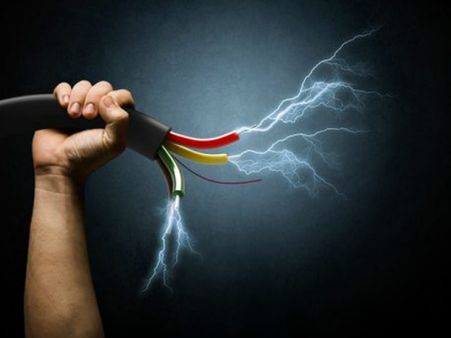
8. Use wooden objects to separate an electrified person
When you see a person electrified by high-voltage power lines or any source of electricity, first try to find the source and switch it off. Stay away at a distance of around 20 feet from the person who is electrified. Never try to touch them in a hurry or you too will be electrified by a high voltage.
What to do: Take objects which are bad conductor of electricity such as wood or plastic and try to remove the source of electricity (like electric wires) or the person themself from the source.
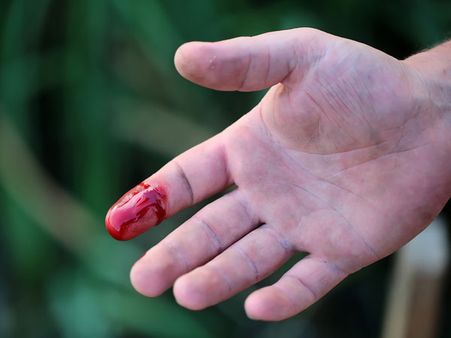
9. Don't tie a cloth over every bleeding area
When a person is injured and bleeding, don't tie a cloth or belt above the bleeding area. This can cause pressure on the blood vessels and cause more blood to flow outside. However, in case of a snake bite, tie the cloth or belt above the area to prevent the spread of the poison to other body parts.
What to do: Put a cloth or bandage above the area from where the blood is flowing out and apply direct pressure above it to stop the bleeding.

10. Avoid rubbing eyes when something falls on eyes
If you feel that a solid particle has fallen inside your eyes, prevent rubbing the eyes to remove it. This can damage the cornea if the object is hard or have sharp edges. [5]
What to do: Blink and allow the tears to come so that it can wash away the particles. Also, clean your eyes with water.

11. Don’t apply cosmetic cream or ointments over wounds
Avoid applying cosmetic creams or ointments over open or burnt wounds as they may cause severe infections due to the ingredients present in them. Also, these creams can form a layer on the wounds and prevent the healing.
What to do: Use surgical cotton and surgical dressing over the wound. You can use some market-based antiseptic creams for wounds.
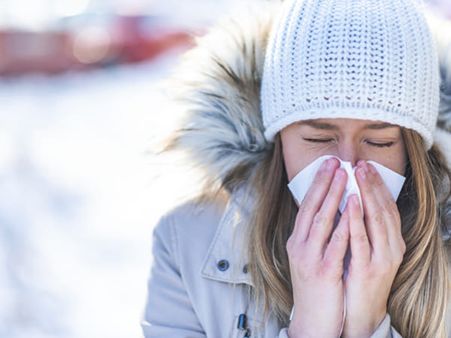
12. Avoid putting hot water suddenly over frostbitten skin
When we suddenly put frostbitten skin on hot water, the nerves present in those areas may get damaged due to a sudden change in the temperature. This may cause permanent nerve injury in the area.
What to do: Take warm water instead of hot water and slowly warm the frostbitten area by placing hands inside it.

-
 pulseWorld First Aid Day 2022: Date, History, Significance And Theme
pulseWorld First Aid Day 2022: Date, History, Significance And Theme -
 wellnessWorld First Aid Day 2020: 10 Quick First Aid Tips And Essential Items For A First Aid Kit
wellnessWorld First Aid Day 2020: 10 Quick First Aid Tips And Essential Items For A First Aid Kit -
 wellnessWorld First Aid Day 2020: Common Ayurvedic Remedies That Can Be Used In A First Aid Box
wellnessWorld First Aid Day 2020: Common Ayurvedic Remedies That Can Be Used In A First Aid Box -
 wellnessWorld First Aid Day 2022: 20 Must-Have Items For Your First Aid Kit
wellnessWorld First Aid Day 2022: 20 Must-Have Items For Your First Aid Kit -
 wellnessFirst Aid For Acid Attacks: What You Can Do As A Witness
wellnessFirst Aid For Acid Attacks: What You Can Do As A Witness -
 wellnessArjun Tendulkar Bit By Dog before Mumbai Indians IPL Game: Dog Bite First Aid
wellnessArjun Tendulkar Bit By Dog before Mumbai Indians IPL Game: Dog Bite First Aid -
 wellnessFirst Aid Treatment For Heart Attack Victims
wellnessFirst Aid Treatment For Heart Attack Victims -
 wellnessChoking: Symptoms, Causes, Complications And First Aid
wellnessChoking: Symptoms, Causes, Complications And First Aid -
 diet fitnessFirst Aid For Road Accident: All You Need To Know
diet fitnessFirst Aid For Road Accident: All You Need To Know -
 wellnessChest Pain: Causes, Symptoms And First Aid Information
wellnessChest Pain: Causes, Symptoms And First Aid Information -
 wellnessStop Following These First Aid Myths As They Can Damage Your Health Big Time!
wellnessStop Following These First Aid Myths As They Can Damage Your Health Big Time! -
 wellnessFirst Aid For Fire Cracker Burns
wellnessFirst Aid For Fire Cracker Burns


 Click it and Unblock the Notifications
Click it and Unblock the Notifications






